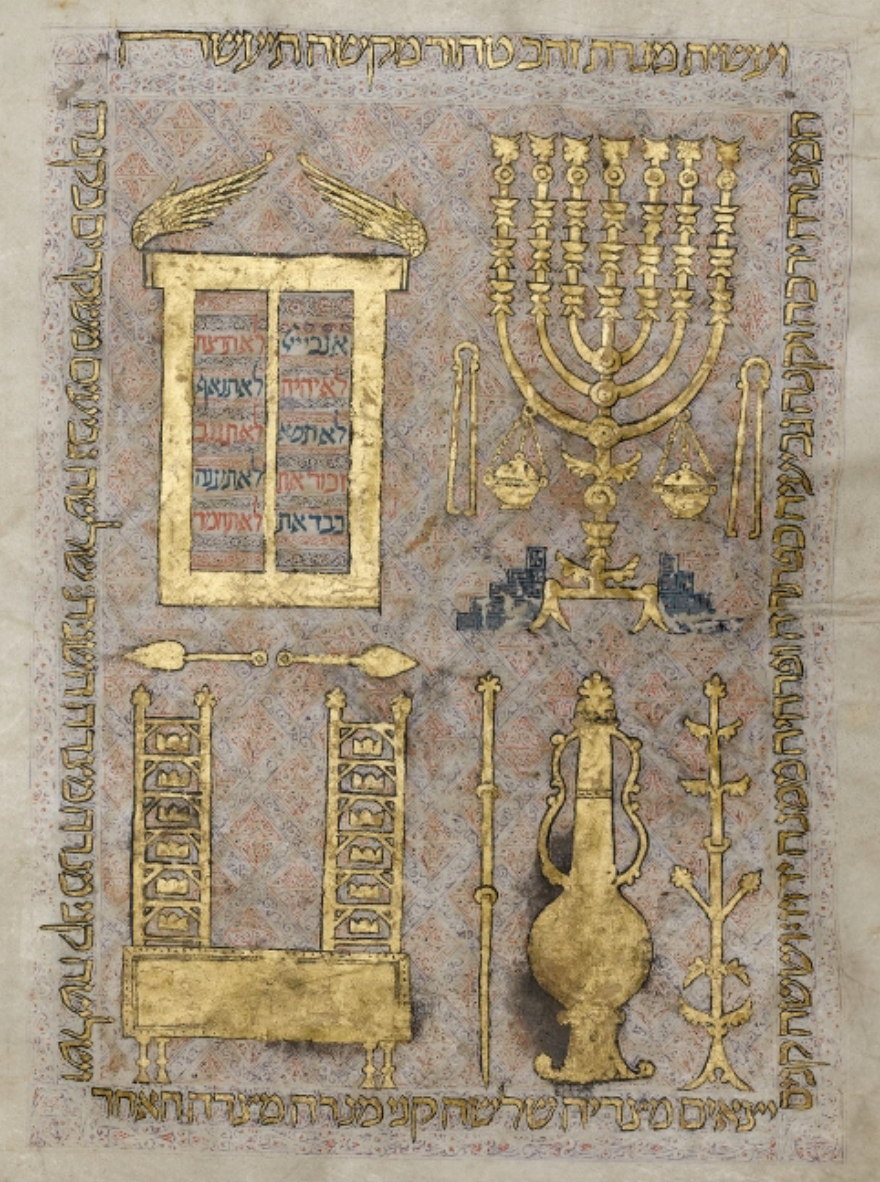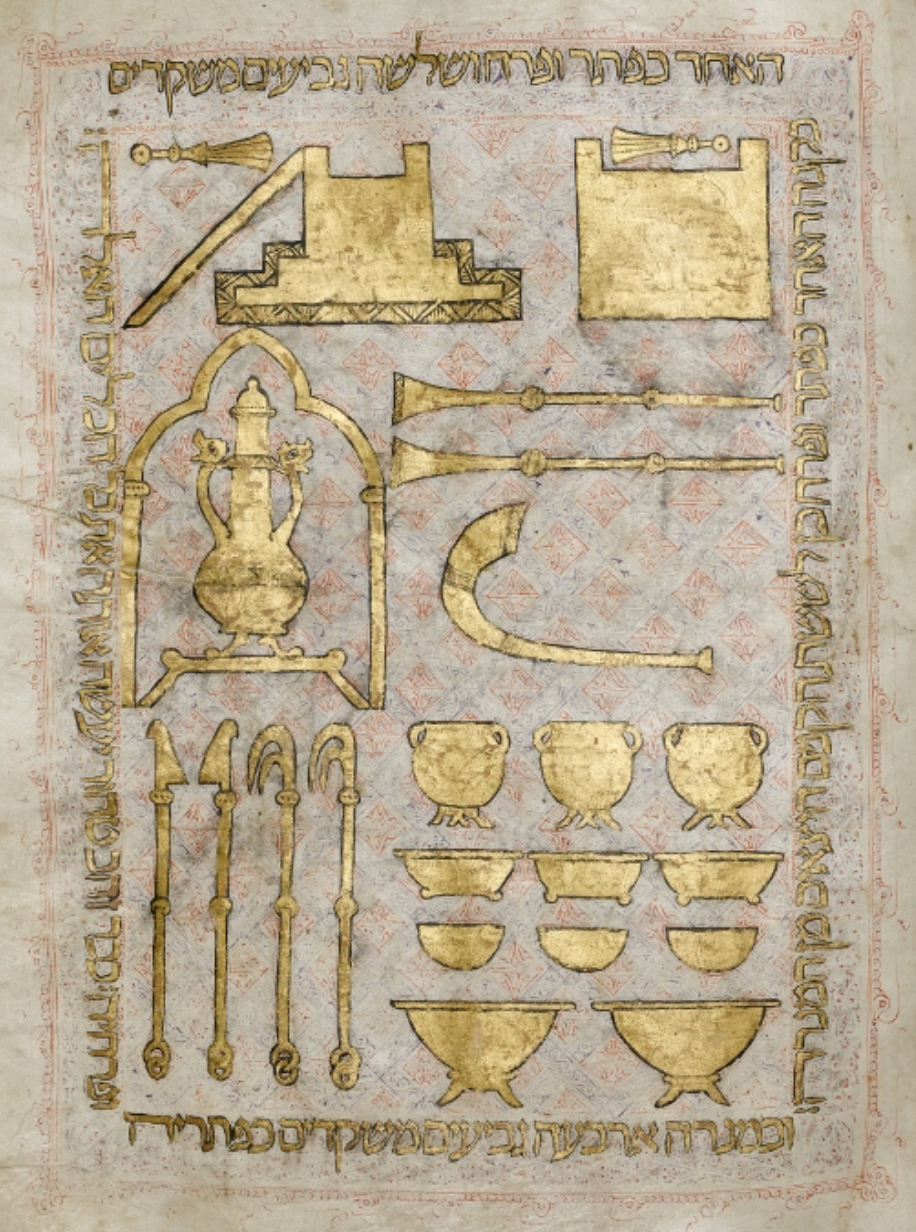Torah Study Date
Saturday, July 20, 2023
Verses Covered
Exodus (Sh’mot) 25:9 – 25:26
Next Session
Saturday, July 27, 2024
Starting at Exodus 25:27
Thank you to Rabbi Myra for leading and guiding our discussion. We discussed the acacia wood prescribed for the mishkan being a common wood in the area. We discussed it being plated, inside and out, with gold. R. Myra mentioned that the gold would make it heavy to carry. We discussed the four rings attached to it and the fact that their position is difficult to discern for sure. We noted that the poles that go through the rings also are gold-plated. They are used for carrying the mishkan. We wondered why the poles must remain in the rings. So it will always be ready to be carried?
We noted the instruction to deposit the pact or the testimony in the ark (aron). R. Myra noted that we do not know if it is stone tablets or not though it is often assumed that what is put in are tablets. Moses had written down what God said before there were tablets so it is possible that his manuscript of God’s words is in the ark. We discussed the idea of testimony, thinking it means testimony to their agreement with God. We noted an ark is a chest so that what’s being carried around is a gold-plated chest with something, maybe parchment or tablets, that testifies to the people’s agreement with God.
We noted a solid gold cover, place or dais of atonement on top of it with two winged cherubim made of hammered gold at its two ends so that the three together make one piece. We noted that they cherubim shield the cover with their wings (or do they shield God with their wings?) and look down toward the cover. We discussed God saying he would meet them and impart to them all they should do from the space above the cover and between the cherubim. Then we discussed the gold-plated acacia wood table with a gold molding and a gold rim. We noted that the Israelites carrying all of this through the desert would certainly be an unusual sight. We also noted that two different words are used for the sanctuary, mikdash, which relates to what is holy or kadosh, and mishkan, which relates to dwelling, like the indwelling shekinah. We noted, following R. Myra’s discussion of opposing ideas in Torah, that what’s holy is what is separate and what dwells here opposes that so that we could say that God somehow is both separate and dwells in the gold-plated chest.
Our artwork this week is two paintings of ritual vessels for the mishkan from a Catalan Hebrew Bible (14th century). They are tempera, gold, and ink on parchment, befitting the gold-plated items for the mishkan that are discussed in Terumah.


